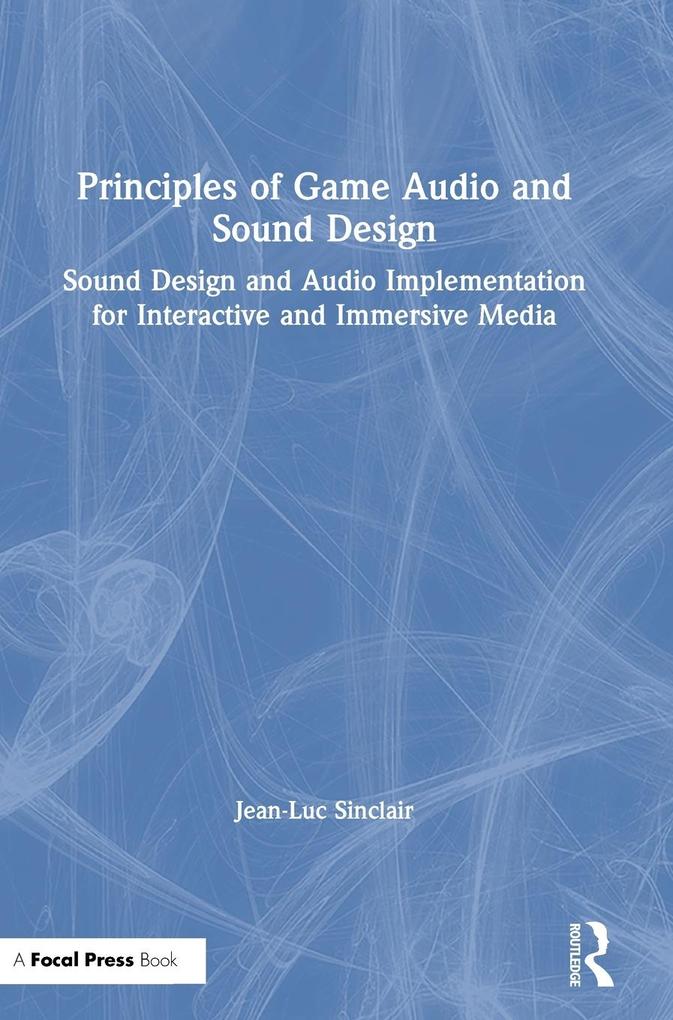
Zustellung: Fr, 23.05. - Di, 27.05.
Versand in 1-2 Wochen
VersandkostenfreiBestellen & in Filiale abholen:
A comprehensive introduction to the art of sound for games and interactive media using Unity. This accessible guide encompasses both the conceptual challenges of the artform as well as the technical and creative aspects, such as sound design, spatial audio, scripting, implementation and mixing.
Inhaltsverzeichnis
Chapter 1: Introduction
- The Genesis of Audio In Games
- From Sample Playback to Procedural Audio
- How to Use this book
- Inform, Entertain, Immerse
- Challenges of Game Audio
- What is a Game Engine
- SubSystems
- Listener, Audio Clips and Audio Sources
- Audio Localization and Distance Cues
- The Art of Sound Design:
- Basic Techniques
- Setting Up a Sound Design Session and Signal Flow
- Practical Sound Design and Prototyping
- Why Learn to Code?
- An intro to C#: Syntax and Basics
- Playing Audio In Unity
- Before You Start: Preparing Your Assets
- Ambiences and Loops
- What is Environmental Modeling
- Distance Modeling
- Additional Factors
- Introduction, benefits and drawbacks.
- Practical Procedural Audio: A Wind Machine and a Sword Collision Model
- What's in a Mix? Inform and Entertain (again).
- The Unity Audio Mixer
- Snapshots, Automation and Game States
- Good Practices
- Digital Audio: A Quick Review
- Data Reduction Strategies
- Data Reduction Good Practices
- Data Reduction In Unity
Produktdetails
Erscheinungsdatum
28. April 2020
Sprache
englisch
Seitenanzahl
314
Autor/Autorin
Jean-Luc Sinclair
Verlag/Hersteller
Produktart
gebunden
Gewicht
724 g
Größe (L/B/H)
250/175/21 mm
ISBN
9781138738966
Entdecken Sie mehr
Bewertungen
0 Bewertungen
Es wurden noch keine Bewertungen abgegeben. Schreiben Sie die erste Bewertung zu "Principles of Game Audio and Sound Design" und helfen Sie damit anderen bei der Kaufentscheidung.











